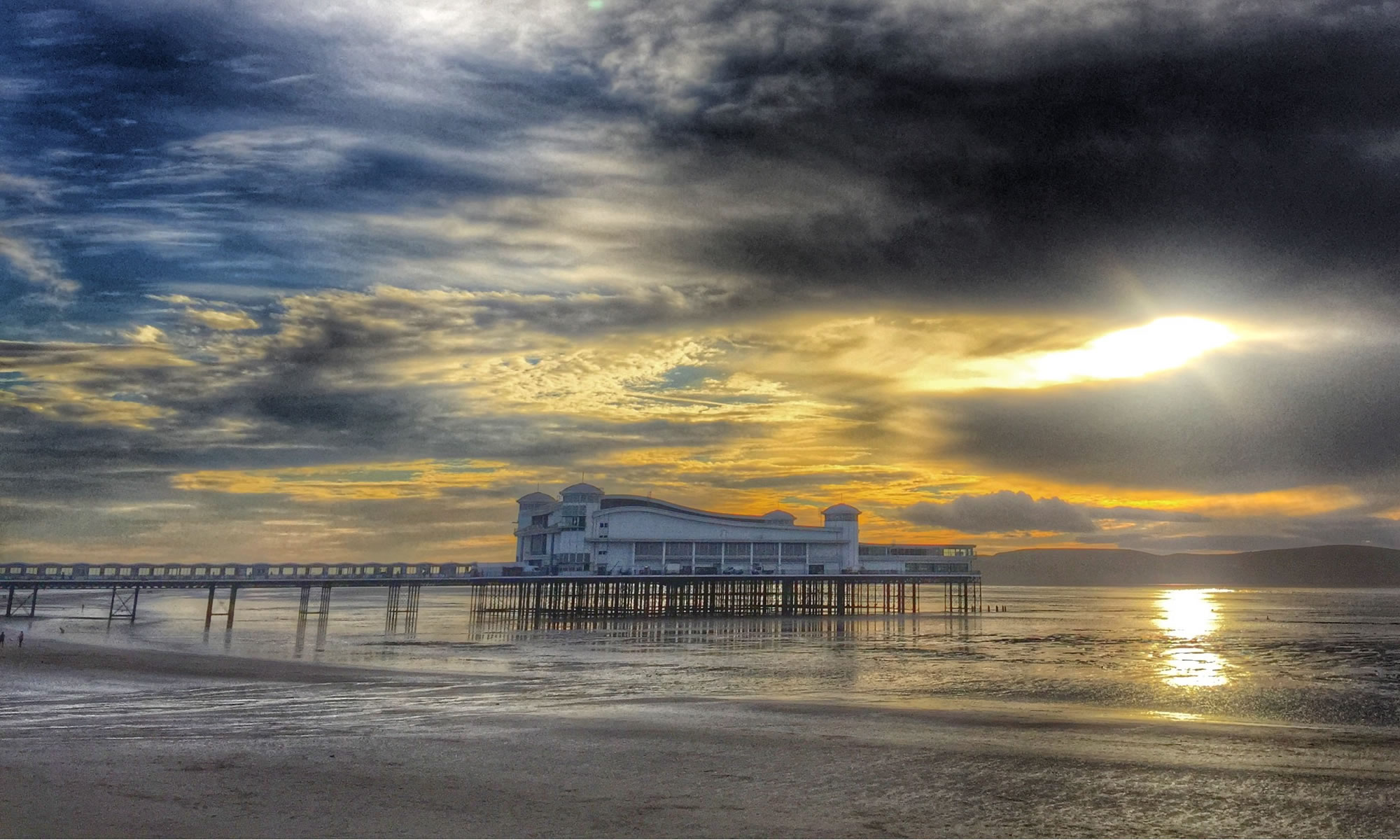Walking along the canal
With all the beautiful weather we decided to take advantage of it and go for a walk along the Kennet and Avon Canal, well part of it anyhow.
The Kennet and Avon Canal is a waterway in southern England with an overall length of 87 miles, made up of two lengths of navigable river linked by a canal. The name is used to refer to the entire length of the navigation rather than solely to the central canal section. From Bristol to Bath the waterway follows the natural course of the River Avon before the canal links it to the River Kennet at Newbury, and from there to Reading on the River Thames. In all, the waterway incorporates 105 locks.
The two river stretches were made navigable in the early 18th century, and the 57-mile (92 km) canal section was constructed between 1794 and 1810. In the late 19th and early 20th centuries, the canal gradually fell into disuse after the opening of the Great Western Railway. In the latter half of the 20th century the canal was restored in stages, largely by volunteers. After decades of dereliction and much restoration work, it was fully reopened in 1990. The Kennet and Avon Canal has been developed as a popular heritage tourism destination for boating, canoeing, fishing, walking and cycling, and is also important for wildlife conservation.
We decided to do the walk as my eldest had gone on a school trip (as part of curriculum enrichment) in 2015 and had recommended it to us.
We caught the train to Avoncliff Halt.
Seriously this is a halt, and the platform is only big enough for a single carriage, so we had to make sure we were at the front of the train. Originally opened in 1906.
What looks like a road bridge is in fact part of the Avoncliff Aqueduct.
The Avoncliff Aqueduct crosses both the Wessex main line and the River Avon.
It was built between 1797 and 1801
There was this lovely house alongside the canal.
Very peaceful walking along in the shade. Though to be honest there were a fair few cyclists and other walkers as well.
Quite a few boats as well.
This is the Dundas Aqueduct, again built between 1797 and 1801.
The aqueduct is also the junction between the Kennet and Avon Canal and the largely derelict Somerset Coal Canal. The short stretch of the Somerset Coal Canal still in water forms Brassknocker Basin, used for boat moorings, cycle hire and a cafe.
Whilst we were walking along, two military helicopters, probably on their way to RNAS Yeovilton flew past, relatively low. One was a Puma, the other a Merlin.
As we got near the city centre of Bath, we went through two amazing tunnels.
Overall quite a trek, but great weather, lovely scenery and rather peaceful.
Helicopter Museum Panorama
One of the local attractions in Weston-super-Mare is the helicopter museum. One of the nice things about the museum is you pay once, and then you can revisit as often as you like for the next twelve months.
My only criticism is that there is very little interactive stuff to do and you can’t climb into or on the helicopters unless it is an “open cockpit” Sunday. On the open cockpit days you are allowed to sit in some of the helicopters and get an insight from the volunteers that are around – this is I guess why it doesn’t happen for the rest of the week as it is dependent on the goodwill of volunteers.
However if you like looking at helicopters and have an interest in the history of the evolution of the helicopter then I can recommend a visit.
The panorama was created using Dermandar Panorama on my iPhone. I reviewed the app on e-Learning Stuff and I thought the stitching was quite seamless and a lot better than other panorama apps I have used.














